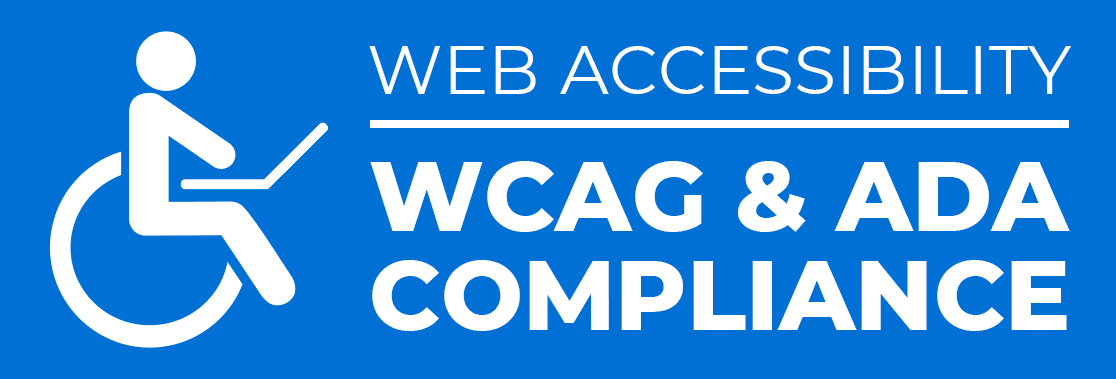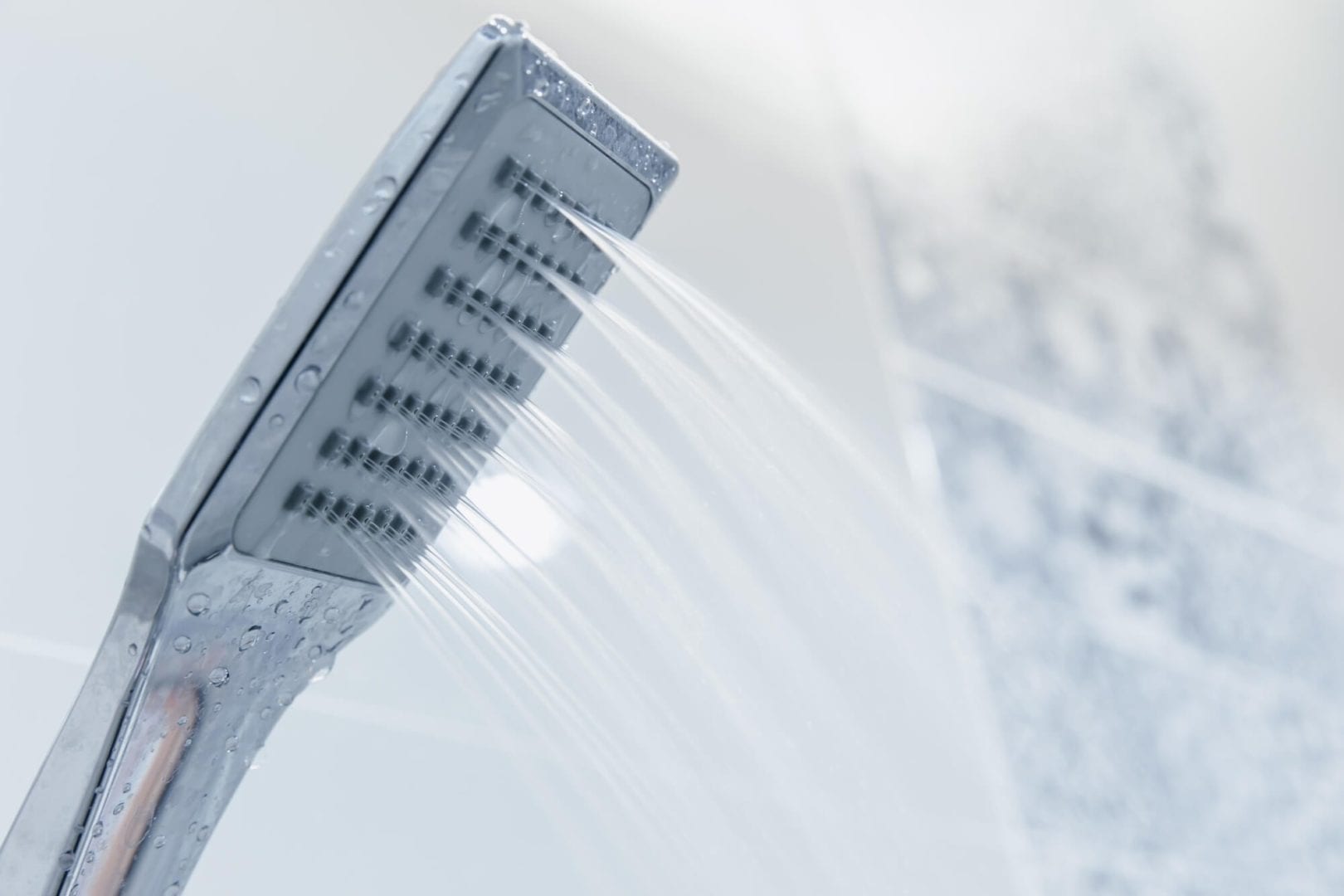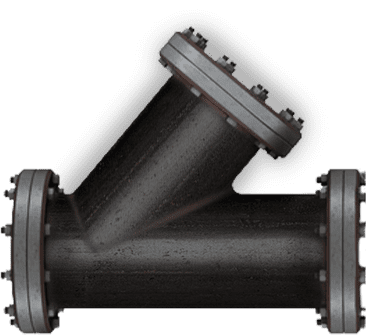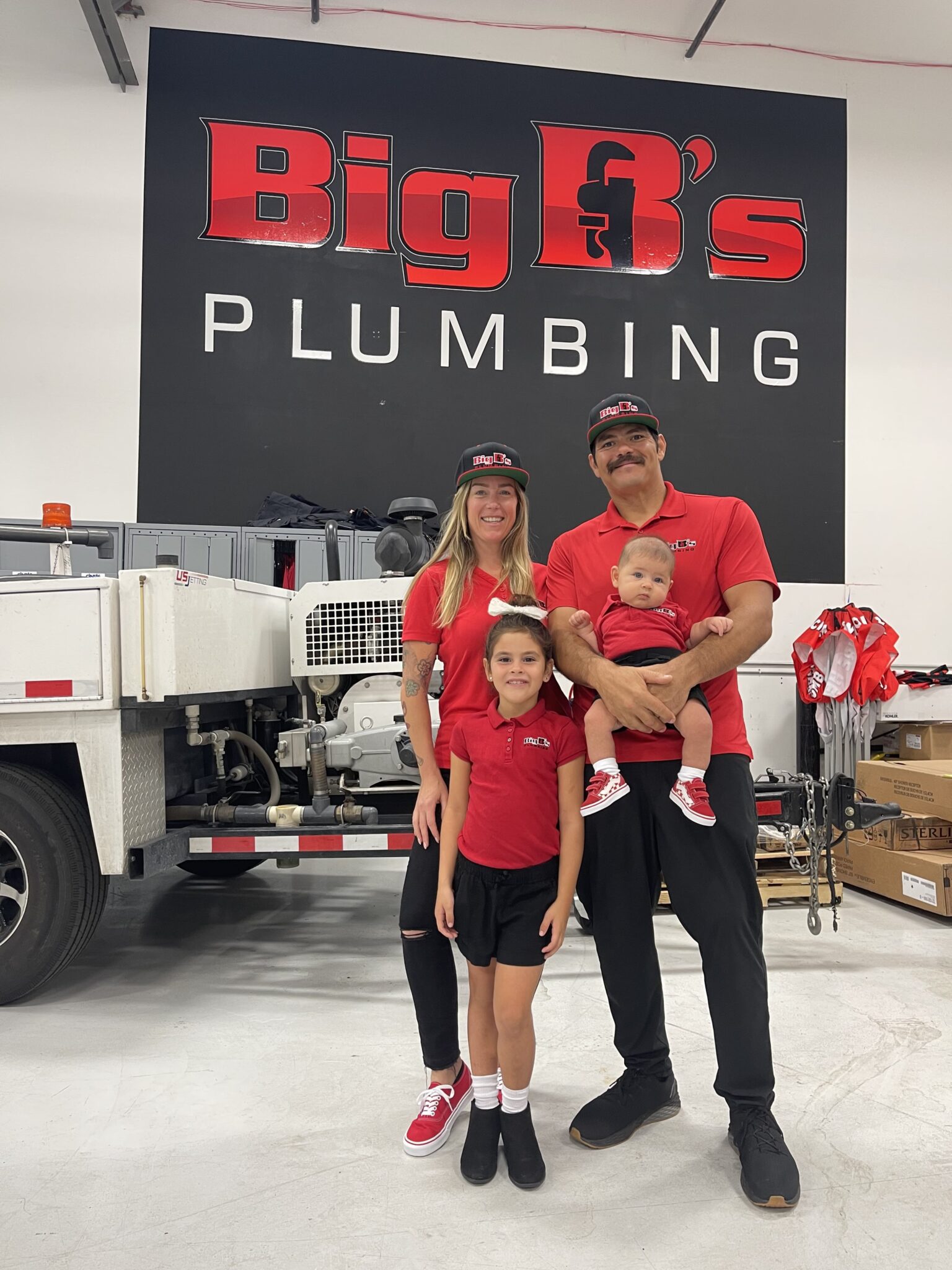‘Hate’ is a pretty strong word, but I think we can all agree to hate low water pressure. There is always a reason behind the low water pressure so find out what’s causing it and don’t put it off for another day. In some cases, the low water pressure creeps up on you over many years, then there are situations where it happens overnight. One day your the pressure is fine, then the next day it’s slowly coming out of your shower head. The problem could be part of a more severe issue, such as a slab leak. Whatever the case, get your low pressure checked by a plumbing professional. As strange as it might sound, good water pressure is part of a good quality of life.
Your Water Pressure Should Read Between 45 and 65
If you’re experiencing low water pressure, then it’s time to test it. Any homeowner is capable of checking their water pressure. For less than fifteen bucks, you can get a very nice water pressure gauge for your home. Typically your the pressure should read between 45 and 65 pounds per square inch (psi). You can test it by connecting your pressure gauge to your home’s outside spigot, always try to use the spigot closest to the water supply line. Anything less than 40 psi is considered low, and anything over 80 psi is deemed high. High pressure also needs to be addressed because it will strain your pipes and water heater.

Call Your Utility Company If The Low Pressure Persists
If the problem popped up overnight, you should speak to your neighbors to see if they are experiencing the same issue. If they are, then there is a big chance that something in the area is the cause. In most instances, the low pressure only lasts for a short time, and it usually has something to do with the municipal water system. You can call your utility company if the problem persists. Chances are they will give you an update as to when it will be restored.
It Could Be Built-Up Mineral Deposits On Your Showerhead
When the low pressure is isolated to one specific area, such as a shower, the problem is usually the showerhead. California is notorious for hard water. Calcium and mineral deposits will build up in the showerhead, restricting the water flow, and giving you a less than pleasant shower experience. Remove the showerhead and soak it in a plastic bag with a baking soda vinegar mix overnight. Remove any existing deposits with an old toothbrush or scrub pad. Your showerhead should work as good as new.
Check Your Pressure Regulator
Many homeowners don’t even know that they have a regulator that controls the water pressure to the home. The average lifespan of a pressure regulator is 10 to 15 years, but it’s not unusual for one to be in use for 20 or more years. If the regulators broke, you can experience vibrating pipes, banging pipes, and high/low pressure. Most manufacturers recommend replacing your pressure regulator every ten years.
Your Home May Be Ready For A Home Repiping
In some situations, low water pressure creeps up over a long period before you realize it. For instance, in older homes, hard water can accumulate in the pipes over many years, restricting the flow of water. Copper pipes are typically the ‘go-to’ pipe used in homebuilding since the 1960s. They have a life expectancy of forty to fifty years before they might need replacing. Chances are, if your home is forty years or older, you may want to have your pipes examined by a plumbing expert. Your home may be ready to have its pipes replaced to increase the pressure.














